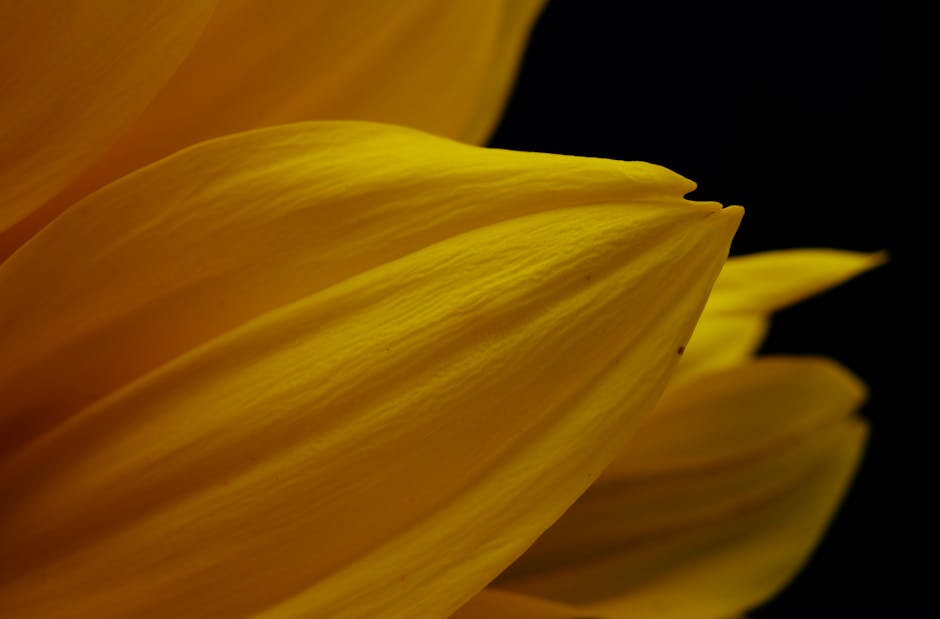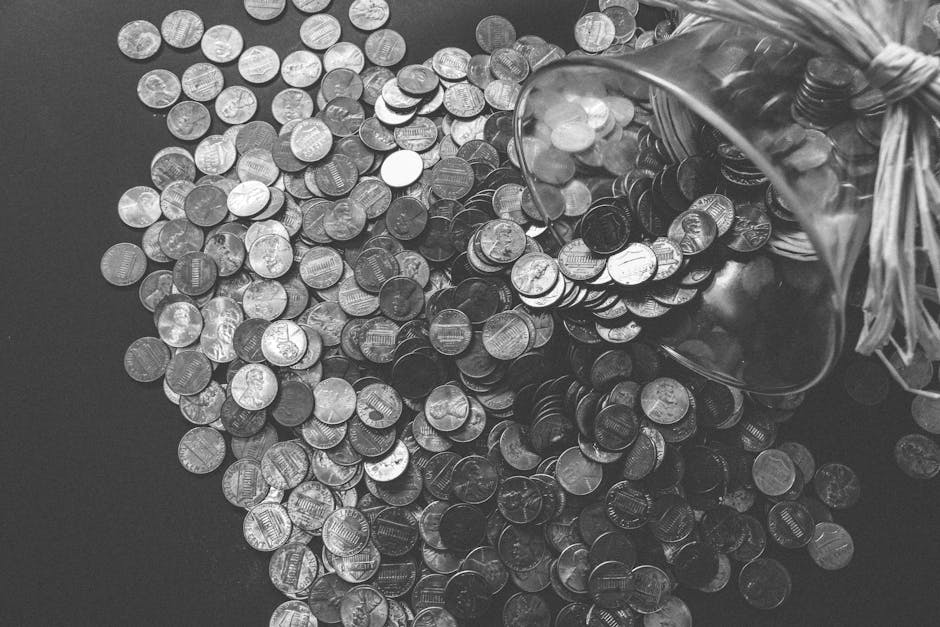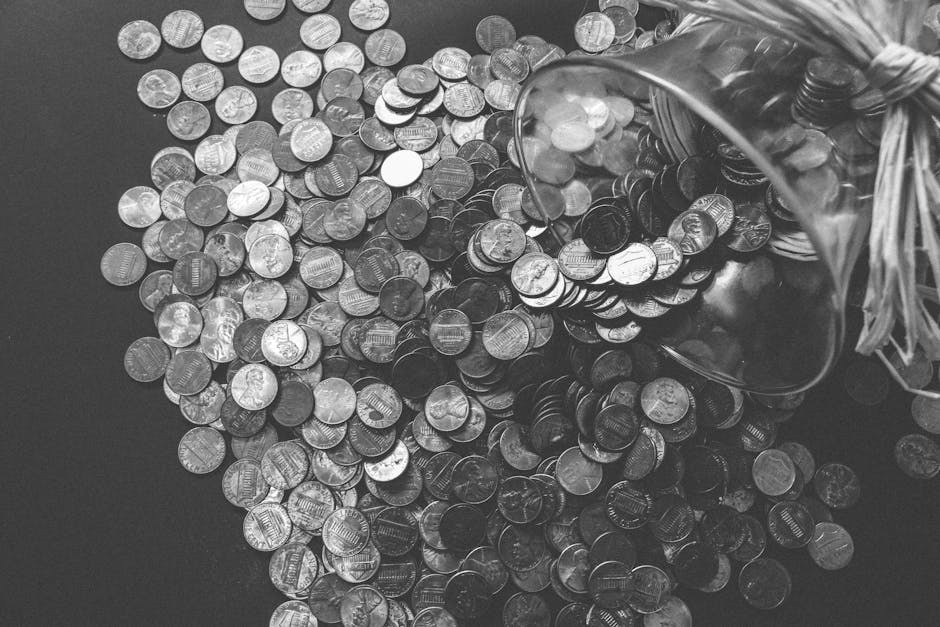The 1909 VDB penny is a notable coin among collectors and history enthusiasts. This article explores the factors that contribute to its value, including:
- Rarity
- Condition
- Historical significance
As we examine these aspects, we delve into the story of a coin that represents a significant part of American numismatic history.
Current Value of 1909 VDB Pennies
The value of a 1909 VDB penny in today's market hinges on several key factors, with rarity and condition at the forefront.
The 1909 VDB penny marked the beginning of the Lincoln Wheat Penny series, generating both excitement and controversy due to the designer's initials placed prominently on the reverse. With just over 27 million 1909 VDB pennies minted in Philadelphia and a mere 484,000 1909-S VDB coins from San Francisco, the latter is a prize for penny collectors.1 The scarcity, combined with the historical significance of being the first to feature Abraham Lincoln's image, establishes a strong basis for its value.
Condition, or grade, greatly influences the price. Coins in mint condition, showcasing crisp details and perhaps even some original luster, fetch top dollar, especially those rare specimens graded "Red" for their immaculate copper color. On the other hand, coins with substantial wear fall into lower price ranges, although a genuine 1909-S VDB penny, even in lower grades, still garners considerable interest and investment. The interplay between these factors—rarity, condition, mint origin (with or without the VDB and mint mark), and color grading—ultimately determines a 1909 VDB penny's current market value.2 For collectors and investors, these pennies are not merely currency but pieces of American history, each with a story that enhances its worth beyond pure monetary value.

Rarity and Availability
Considering the unique historical context and numismatic significance of the 1909 VDB pennies, collectors and historians often ponder the survival rate of these coins over time. The initial minting of the 1909 VDB wheat pennies, from both the Philadelphia and San Francisco mints, created a limited pool of these coins. The production numbers were comparatively low, particularly for the San Francisco issue, which heightened their appeal.
Assessing the survival rate of these prized pieces requires examining factors such as:
- Initial mintage
- Existing numismatic records
- Observable presence in today's collectors' market
Estimates offer a nuanced view of the survival rate of 1909 VDB pennies. While over 27 million VDB pennies were struck at the Philadelphia Mint, their survival in grades that appeal to collectors varies considerably. This distinction is even more evident for the 1909-S VDB penny, with an original mintage just shy of half a million.3 The landmark status of these coins, along with the hoarding that ensued after their release, suggests that a substantial number were protected from circulation wear. However, quantifying the precise number of surviving specimens demands a combination of archival research and market analysis. The allure of the 1909 VDB pennies endures in modern coin collection discussions, solidifying their status as both important pieces of numismatic history and symbols of American heritage.

Notable Varieties and Errors
Exploring the realm of the 1909 VDB penny further, certain varieties and errors capture the attention of collectors and numismatists. A particularly captivating error is the 1909 VDB Double Die Obverse, a scarce occurrence where the coin's design elements, such as inscriptions like "LIBERTY" and the date "1909," appear noticeably doubled. These errors stem from misalignments during the minting process, making the coins highly coveted. While not extremely common, they represent a fascinating facet of minting errors that can greatly increase a coin's value and appeal among enthusiasts.
Another noteworthy feature in the 1909 VDB penny is the presence of an "S" mint mark placed over a horizontal "S." This variety, unique to the San Francisco Mint, exhibits a mint mark anomaly where the initial impression of an "S" was erroneously stamped horizontally and subsequently corrected with a vertical "S" overlapping it.4 While this variety's value doesn't significantly differ from standard 1909-S issues, its intriguing backstory and minting mishap make it a captivating piece for collectors. These key varieties and errors not only enrich the story of the 1909 VDB pennies but also highlight the nuanced and multifaceted nature of coin collecting and the ongoing pursuit of pieces that stand out for their unique histories and characteristics.

The 1909 VDB penny represents a significant moment in numismatic history and American heritage. The interplay of rarity, condition, minting errors, and varieties makes each coin unique. For collectors and enthusiasts, these pennies offer insight into America's past and the intricacies of coin collecting. Their enduring appeal underscores their importance as both historical artifacts and collectibles.
- Bressett KM. A Guide Book of Lincoln Cents. Whitman Publishing; 2012.
- Lange DW. The Complete Guide to Lincoln Cents. DLRC Press; 1996.
- Bowers QD. A Guide Book of United States Coins. Whitman Publishing; 2021.
- Snow R. A Guide Book of Flying Eagle and Indian Head Cents. Whitman Publishing; 2009.
Revolutionize your content with Writio, the AI content writer. This article was crafted by Writio.
Leave a Reply